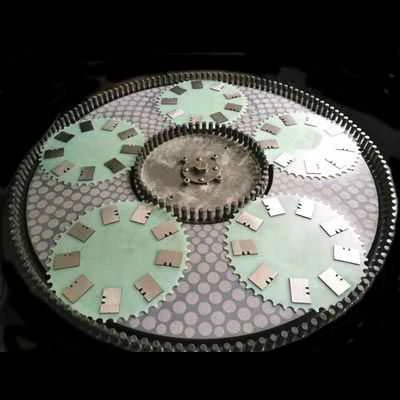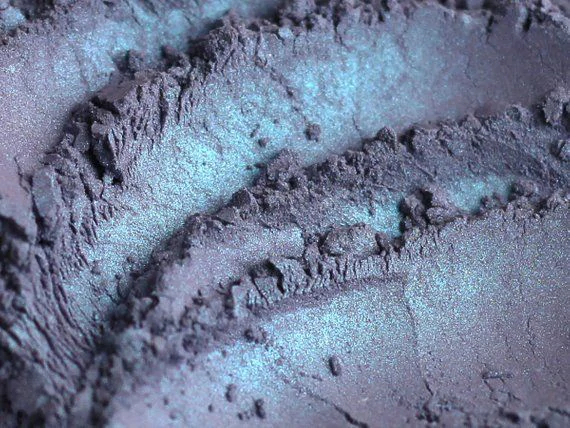Introduction to Quartz Glass, Borosilicate Glass, and Glass-Ceramics
Glass is a versatile material that has been used for centuries in various applications due to its unique properties. In this article, we will explore three types of glass: quartz glass, borosilicate glass, and glass-ceramics.
Quartz glass, also known as fused silica, is made from pure silicon dioxide (SiO2) and has exceptional thermal and optical properties. It can withstand high temperatures up to 1200 degrees Celsius without melting or deforming, making it ideal for applications in the semiconductor industry, scientific research, and manufacturing of laboratory equipment. Additionally, quartz glass has low thermal expansion, excellent transparency in the ultraviolet (UV) range, and superior resistance to chemical corrosion, making it suitable for UV lamps, optical lenses, and chemical reactors.
Borosilicate glass, on the other hand, is composed of silica and boron trioxide (B2O3), which gives it unique properties. One of the key advantages of borosilicate glass is its high resistance to thermal stress. It can withstand rapid temperature changes without cracking, making it suitable for cookware, laboratory glassware, and pharmaceutical containers. Borosilicate glass is also highly resistant to chemical corrosion and has low coefficients of thermal expansion, ensuring stability and durability in various environments. Another notable application of borosilicate glass is in lighting fixtures, where its excellent transparency and heat resistance make it an ideal choice.
Glass-ceramics are a distinct type of glass that goes through a controlled crystallization process to achieve a unique combination of properties. They are produced by subjecting certain glass compositions to a series of heat treatments, which cause the formation of crystalline phases within the amorphous glass matrix. This results in a material with enhanced mechanical strength, thermal shock resistance, and electrical insulation properties. Glass-ceramics find applications in cookware, kitchen countertops, and dental restorations, where their exceptional resistance to thermal and mechanical stresses is highly valued.
In conclusion, quartz glass, borosilicate glass, and glass-ceramics are three distinct types of glass that offer unique properties and are used in various applications. Quartz glass stands out with its exceptional thermal and optical properties, borosilicate glass excels in its resistance to thermal stress and chemical corrosion, while glass-ceramics provide enhanced mechanical strength and thermal shock resistance. The versatility and adaptability of glass make it a fundamental material in numerous industries, contributing to advancements in technology, science, and everyday life.
.webp)



